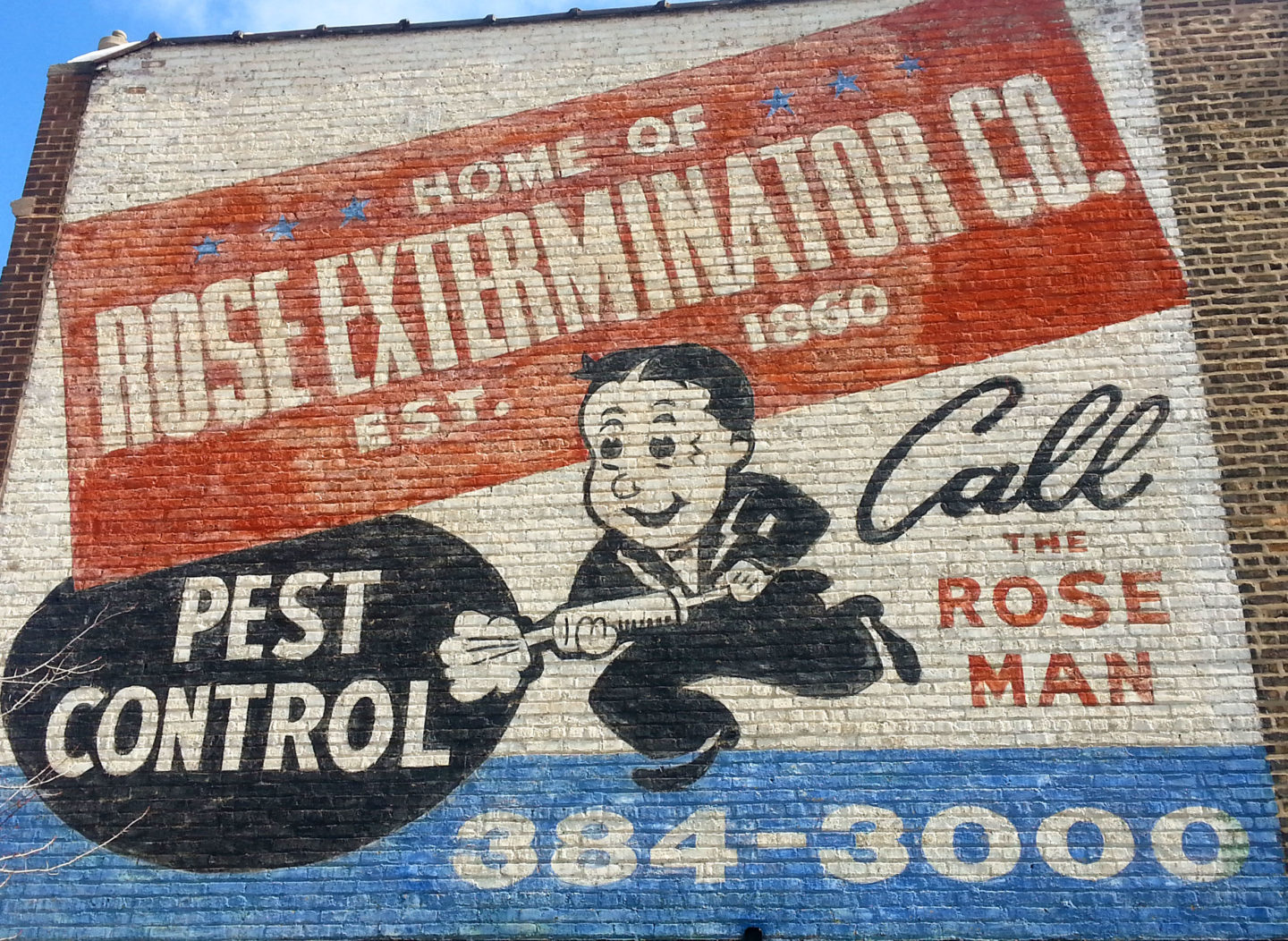

It’s also one of the most easily identifiable of all rose diseases. Crown GallĬrown gall is serious business. Preventing cankers is surprisingly easy: mulch their roots to prevent the plants from getting too cold in the winter, and make sure you provide adequate amounts of fertilizer. Make sure you sanitize your tools after each cut. I’ve seen people cut two to three inches below the infected tissue, but I go farther than that if it’s a widespread issue, sometimes removing 75 percent of an infected stem.Ĭut into the healthy, green area of the plants, and follow up with a fungicidal treatment to give your roses an added boost against reinfection.

Using clean, sharp pruners, remove the infected tissue and canes. This type of canker shows up on the bark. Sometimes harder to spot at a glance than the others, stem canker, caused by Paraconiothyrium fuckelii (formerly Coniothyrium fuckelii), tends to have a yellowish color, but it can also swing towards the red slice of the color wheel. I’ve yet to see a brand canker without that brown central coloration. You’ll find tiny, raised, reddish-purple bumps on the canes, a little less than half the size of a grain of rice.Īs these little spots begin to mature into their fruiting bodies, they develop a brown or black color.Ĭaused by Coniothyrium wernsdorffiae, these have a similar reddish color as the brown variety, also found on the canes, but these cankers quickly develop a brown center. Roses are susceptible to three types of canker:īrown canker is caused by Cryptosporella umbrina. I’ve encountered them during early springtime pruning, either by discovering old cankers, or noticing new ones taking hold. Interestingly, cankers often cause the most trouble during the colder periods of the year, making them a bit more difficult to notice than other diseases. Photo by Florida Division of Plant Industry, Florida Department of Agriculture and Consumer Services,, via CC 3.0


 0 kommentar(er)
0 kommentar(er)
